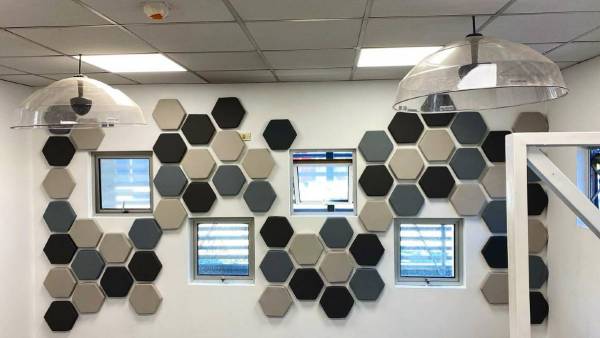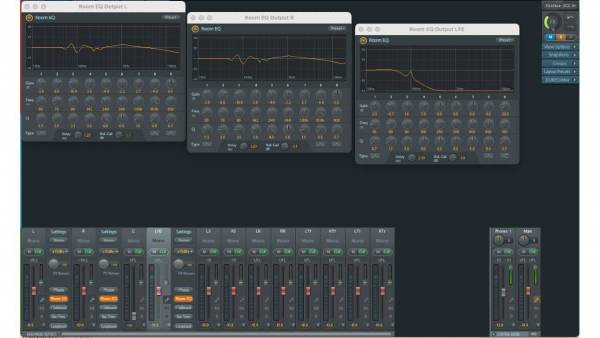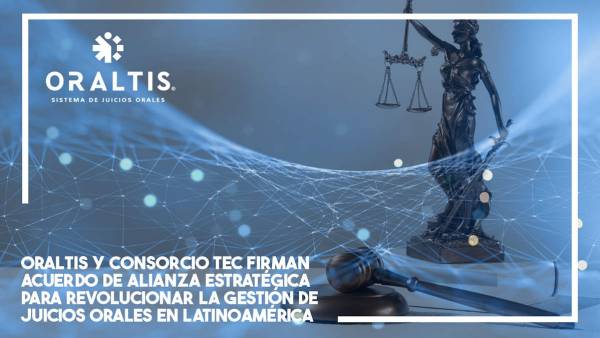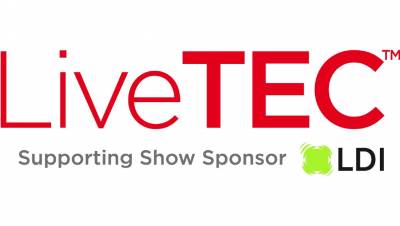LED lighting is presented as a very good alternative for its energy efficiency, life time and low cost. In addition, OLEDs or organic LEDs are emerging as strong competitors in the area of high-definition screens.
by Johana Alejandra García
This is how OLEDs (Organic Light-Emitting Diode) begin to venture into our lives. Although they are not well known, they are already used in countless everyday items such as cell phones, music players, laptops and very soon also in televisions.
These descendants of LEDs have the same characteristics of their predecessors with a difference, the electro luminescent layer is formed by a film of organic components.
OLEDs, also known as LEP (light emitting polymer) and OEL (organic electro-luminescence), are recently being used in the development of new high-definition televisions.
Since television is commercially available it has become one of the most influential and widespread media in the world. A constant source of news and entertainment, the TV is a practically indispensable appliance in homes. That's why it's no surprise that businesses and consumers maintain a constant search for larger, better-quality screens.
For example in the past Ceatec 2007, Sony presented a TV with OLED technology only three millimeters thick. This is possible thanks to the particular characteristics of this technology, because unlike LCD or plasma screens, OLED screens do not require backlighting.
In electrical appliances this implies a lower use of energy, while in cell phones, music players and other devices that work with battery is reflected in a longer duration of the same.
In addition to this important advantage, the attractiveness of OLEDs is increased when it is taken into account that they also have a greater range of colors, better brightness and contrast.
Currently its commercialization and implementation is not as massive as other technologies, but its advantages over conventional LCD, plasma and LED screens ensure a large-scale diffusion in the future for all kinds of products, taking into account that they are comparatively thinner, they project better quality images, consume less energy and their production will be cheaper.
In addition, current research presents the possibility of developing new applications, for example, flexible OLEDs (FOLED) that would allow the production of foldable screens. These applications allow us to affirm that we are getting closer to having gadgets like those previously seen only in science fiction movies.
The environment also benefits
But while application on high-definition displays is the area of greatest impact for OLEDs, they are not the only area in which they are very useful. Professionals in space lighting approach this technology for its lighting capacity and its environmental impact.
Undoubtedly, climate change is a concern that has led to the implementation of measures by some governments to reduce the emission of harmful gases into the atmosphere.
For example, countries such as Canada, Australia, Ireland, Venezuela, Cuba and Argentina, have already established or are in the process of setting deadlines for the commercialization of incandescent lamps.
The goal is to replace them with energy-efficient lamps, such as LED lamps that consume from 1 to 1.8 watts, making them ideal for buildings with high electricity consumption and even for homes.
Although in Latin America its use is not yet widespread, it is expected that lamps produced with LED technology will be an alternative to replace traditional bulbs.


























Leave your comment